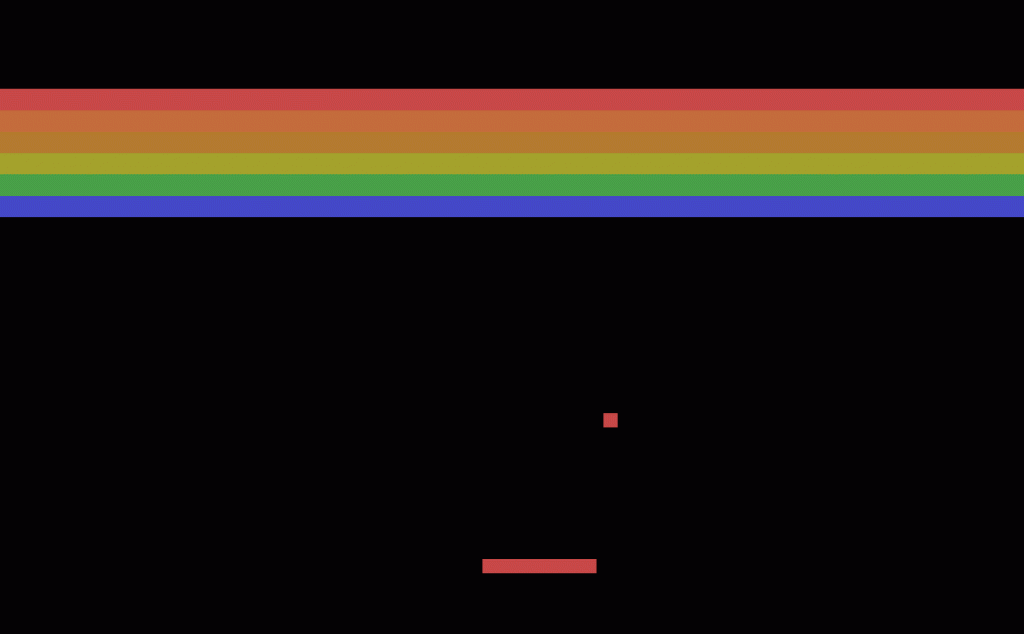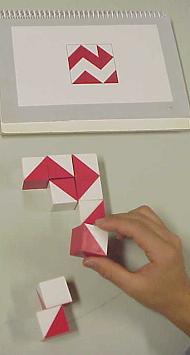
$CL_F it’s almost like playing video game… LOL!
I’ve heard comparisons between trading and video games since online trading began back in the mid 90s. The reference is often made disparagingly as if trading was a kid’s game that is, like tv, a waste of time.
There is a similarity between trading and video games, though, but disparagement ignores innate and learned intelligence based aspects of both and the importance of the visual spatial skills being exercised.
The comparison is truer than ever today as trading platforms grow more powerful, trade frequency increases and technical trading increases in popularity.
Visual Spatial Intelligence
Visual spatial intelligence denotes how well people recognize, organize and synthesize visual representations. Over years, scientists have developed and validated assessment measures for it which include the recognition of visual patterns as well as the manipulation of objects in order to replicate 3 dimensional patterns

Artists, engineers and architects score high on visual spatial scales. Cognitive psychologists, though, have not studied the relationship between technical analysis and visual spatial intelligence although the relationship seems obvious anecdotally. (There is research suggesting computer games positively affect visual spatial skills.)
Cognitively, the similarity between trading and video games relates to the centrality in both of visual spatial operations.
Technicians need to differentiate patterns amid an overabundance of complex visual data and relate it to in the moment decision making, similar tasks involved in video games.
There are differences too. In the case of video games fine motor coordination plays a more central role while in the case of trading, measurement of future price probabilities, risk management and adaptation to the stress of risk are more central.
The relationship between visual spatial intelligence and other types of inteligence are also clear as those scoring high on visual spatial tests tend to also score high on general visual memory, mathematics and numeric memory tests – all relevant skills to trading.
Two types of Visual Spatial Intelligence
Visual spatial intelligence can be broken down further into two categories – these are general (or innate) and learned.
Innate visual spatial intelligence is what you are born with. Some have more raw talent than others and might naturally have greater potential for video games and technical analysis.
Learned visual spatial intelligence involves improvement in the capactiy to recognize and organize patterns that comes with practice.
The implication here is that traders can improve their innate capacity over time as they study and practice which might increase skill specificity including visual recognition of predictive chart patterns.
Incidently, this is one way in which Chartly has become a super valuable tool as traders are able to inspect and learn from the technical work of other traders some of whom are experts in the area of recognizing chart patterns which might have price predictive value.
I’d go so far as to say that if I were measuring or interviewing new traders, I would inquire about their video game experience and possibly test them on it.
I speculate that adolescents who have innate capacity in video games and who have spent a lot of time playing them would be more advanced at the outset in learning technical analysis.
Finally, there is huge untapped potential for research in the areas of visual spatial intelligence, technical analysis and technical trading.
Leave a Reply